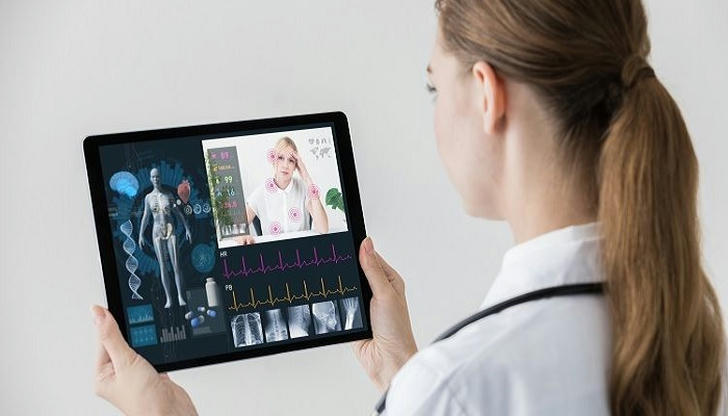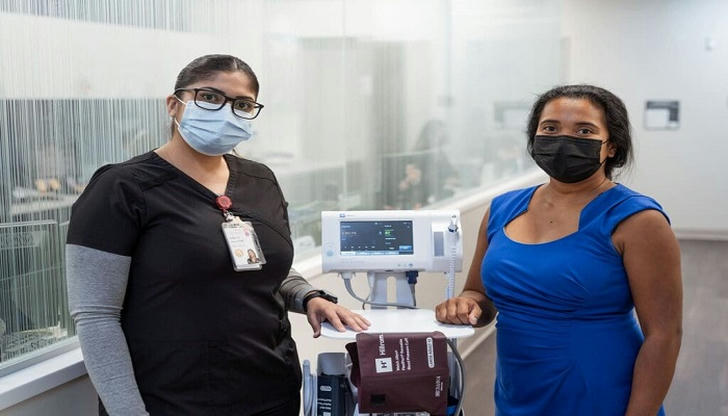Transforming Nursing Services in America about Innovations, Challenges, and Future Prospects
Nursing services have long been the backbone of the American healthcare system. From the early days of bedside care to today’s sophisticated home health programs and advanced clinical practices, nurses continue to be at the forefront of patient care. As the population ages and healthcare demands evolve, nursing services are undergoing a profound transformation.
This article examines the evolution of nursing services in America, the innovations driving modern care, the challenges faced by the profession, and future prospects for a system that remains critical to the nation’s health.
Historical Overview and Evolution
Nursing in the United States has a rich history rooted in community care, military service, and hospital-based practice. Early on, nurses played a pivotal role in caring for the sick during epidemics and wars. Over time, the field transitioned from a task-oriented vocation to a profession characterized by rigorous education, evidence-based practice, and specialized roles.
The development of nursing education programs and professional organizations has helped standardize care and set quality benchmarks that continue to guide modern practice. Today, nursing services encompass a broad range of settings, including hospitals, clinics, long-term care facilities, home health agencies, and telehealth platforms. Each setting presents unique challenges and opportunities for innovation.

Modern Innovations in Nursing Services
Advancements in technology and shifts in healthcare policy have sparked a revolution in nursing services. Some key innovations include:
- Electronic Health Records (EHRs): These allow nurses to access patient histories, coordinate care with physicians and specialists, and monitor patient progress in real-time, enhancing both efficiency and accuracy.
- Telehealth and Remote Monitoring: Virtual consultations and remote monitoring devices help nurses care for patients in remote areas, reducing the need for hospital visits and improving disease management.
- Simulation-Based Training: High-fidelity simulators and virtual reality platforms enable nursing students to practice complex clinical scenarios, improving competency and preparedness.

The Role of Nurses in Modern Healthcare
Nurses have expanded beyond bedside care to encompass roles in:
- Case Management & Patient Advocacy: Nurses help patients navigate the complex healthcare system, ensuring smooth transitions between different levels of care.
- Home Health Care: Nurses play a key role in managing chronic diseases, educating patients, and reducing healthcare costs through preventive measures.
- Public Health Initiatives: From vaccination drives to community education programs, nurses serve as frontline health ambassadors, particularly in underserved communities.

Challenges Facing Nursing Services
Despite progress, nursing services in America face several pressing challenges:
| Challenge | Impact | Potential Solutions |
|---|---|---|
| Nursing Shortage | Increased workload, lower care quality | Expand education programs, offer incentives for advanced degrees |
| Care Complexity | Nurses must continuously update skills | Ongoing training & professional development |
| Burnout | Leads to physical & mental exhaustion, affecting patient safety | Better staffing ratios, wellness programs, flexible scheduling |

Innovative Solutions and Future Directions
To address these challenges, healthcare organizations are implementing:
- AI & Advanced Analytics: AI-driven staffing solutions optimize nurse workloads and improve efficiency.
- Mentorship & Career Development Programs: These initiatives improve job satisfaction and long-term retention.
- Community-Based Care & Mobile Clinics: Decentralized healthcare models bring services directly to patients, reducing hospital reliance.
Case Studies and Success Stories
- Telehealth for Chronic Disease Management: A hospital in the Midwest reduced heart disease-related readmissions through remote monitoring and timely interventions.
- Mentorship Program in the Southwest: Pairing new graduates with experienced nurses improved confidence, retention, and job satisfaction.
- Mobile Health Clinics in Rural Areas: These clinics provide check-ups, vaccinations, and health education, addressing gaps in healthcare access.
Conclusion
The transformation of nursing services in America reflects both the resilience of the profession and the evolving needs of modern healthcare. While challenges such as staffing shortages, increasing care complexity, and burnout persist, innovative technologies, better education, and supportive work environments will shape a strong future for nursing.
By embracing these advancements and fostering a collaborative healthcare system, nurses will continue to play a critical role in improving patient care, efficiency, and overall health outcomes across the nation.
